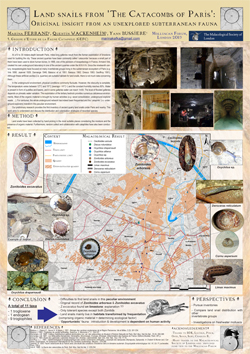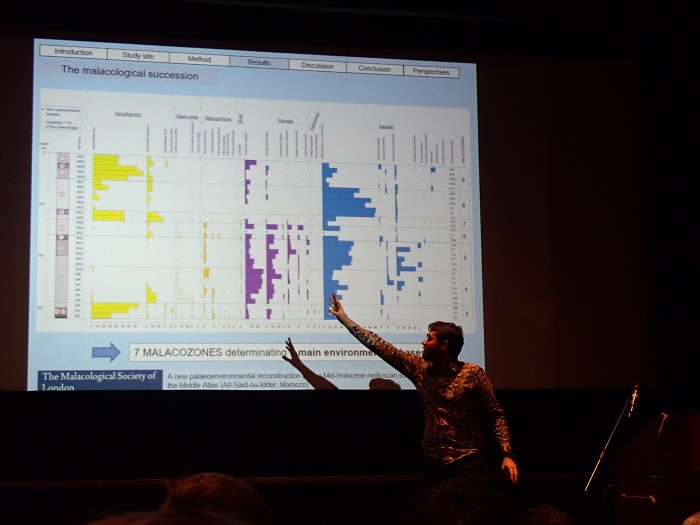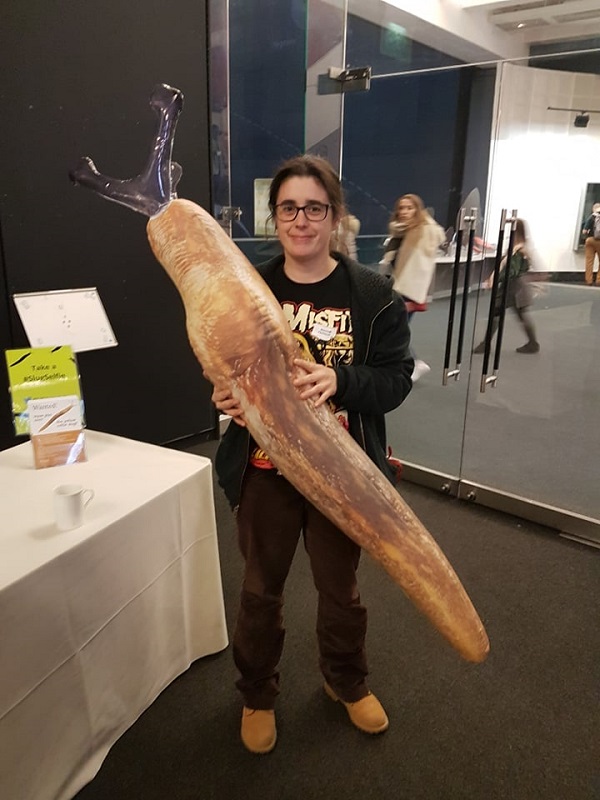Forum de Malacologie 2019 - Londres
Land snails from ‘The Catacombs of Paris': Original insight from an unexplored subterranean fauna
Marina Ferrand , Quentin Wackenheim, Yann Bussière
Since the birth of the discipline in the nineteen's century, biospeleologists have studied all groups of invertebrate (included non-marine mollusc), living in subterranean ecosystem. In France, karsts show a strong potential of endemism with more than dozens of stygobite snails and one troglobite species. Like natural caves, artificial cavities (i.e. quarries) are suitable habitats with peculiar underground fauna which is however, poorly known. Underground quarries seem indeed little investigated because of their poorer malacological biodiversity.
At 10 to 30 meters-depth beneath Paris, more than 300 kilometers of galeries result from the former exploitation of limestone used for building the city. These ancient quarries have been commonly called ‘catacombs' because a small part of its has been used to store human bones during the nineteen's century. For centuries, the whole underground network has been used and frequented.
Since 2017, inventories of invertebrates below Paris have been carried out. Regarding molluscs, 8 troglophiles and 1 endogean taxa were identified. Oxychilus species, Discus rotundatus, Limax. maximus, Deroceras reticulatum and Cecicliodes acicula are commonly known as living in subterranean environments. But in articifial cavities, the discovery of living population of Zonitoides arboreus and Zonitoides excavatus appear unusual. The distribution of both Zonitid species are restricted in France and their occurrence in Paris is totally original. This supports the assumption that human activities (quarring and catacomb frequentation) have an impact on mollusc biodiversity within the Paris catacombs. Mechanisms involved could be both involuntary introduction of new species and development of favourable specific ecosystems.










